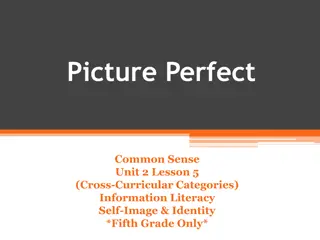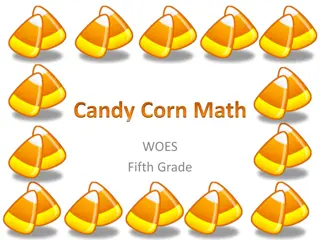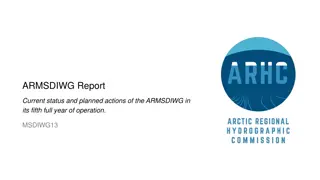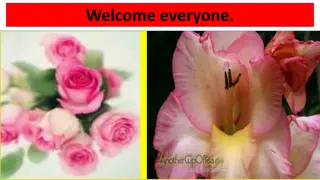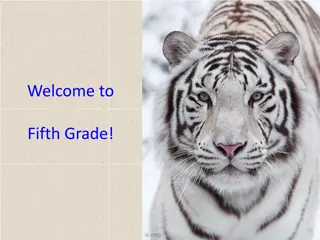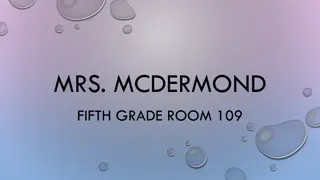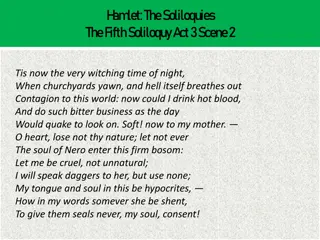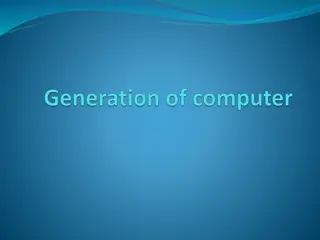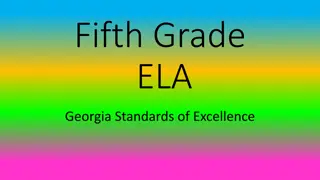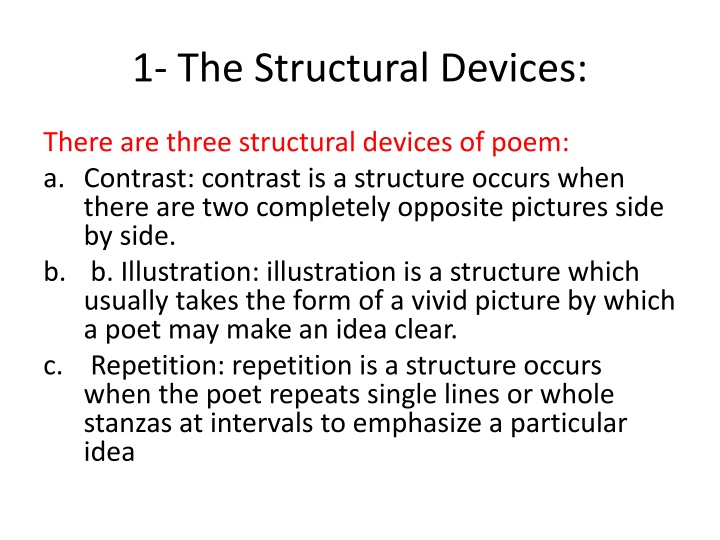
Poetic Devices: Structure, Sense, and Sound Elements Explained
Explore the structural, sensory, and sound devices used in poetry, including contrast, illustration, repetition, simile, metaphor, personification, alliteration, rhyme, rhythm, assonance, consonance, and onomatopoeia. Dive into examples illustrating each device to enhance your understanding of poetic techniques.
Download Presentation

Please find below an Image/Link to download the presentation.
The content on the website is provided AS IS for your information and personal use only. It may not be sold, licensed, or shared on other websites without obtaining consent from the author. If you encounter any issues during the download, it is possible that the publisher has removed the file from their server.
You are allowed to download the files provided on this website for personal or commercial use, subject to the condition that they are used lawfully. All files are the property of their respective owners.
The content on the website is provided AS IS for your information and personal use only. It may not be sold, licensed, or shared on other websites without obtaining consent from the author.
E N D
Presentation Transcript
1- The Structural Devices: There are three structural devices of poem: a. Contrast: contrast is a structure occurs when there are two completely opposite pictures side by side. b. b. Illustration: illustration is a structure which usually takes the form of a vivid picture by which a poet may make an idea clear. c. Repetition: repetition is a structure occurs when the poet repeats single lines or whole stanzas at intervals to emphasize a particular idea
Unlike most babies, Stuart could walk as soon as he was born. She looked like a princess in a nineteenth- century (refer to a picture in a book) It was many and many a year ago, In a kingdom by the sea,
2- The Sense Devices: There are three senses devices of poem: a. Simile: Simile is a direct comparison and can be recognized by the use of words like and as . b. Metaphor: metaphor is rather like a simile except that the comparison is not direct but implied the words like and as are not used. The poet does not say that one object is like another, he says it is another. c. Personification: Personification is a sense device occurs when dead objects are given a human form, or when they are made to speak.
Is love a tender thing? It is too rough, too rude, too boisterous, and it pricks like thorn. An elephant, a ponderous house Ah, William, we re weary of weather, said the sunflowers, shining with dew.
3- The Sound Devices There are six sound devices of poem a. Alliteration: alliteration is the repetition of the same sound at frequent intervals. b. Rhyme: rhyme is sound repetition occurs at line endings in poem and consists of words which have the same sound. c. Rhythm: rhythm is a pattern of sounds which a poet imposes on the language he uses. The rhythm of a poem must always help to convey the poet s intention and give some indication of his mood.
She sells sea shells by the sea shore Night-Bright, Skin-Grin, Frog-Log *Shall I compare thee to a summer s day?
d. Assonance: an assonance is the repetition of vowel or diphthong sounds in words found close together. e. Consonance: a consonance is the repetition of specific consonant sounds in close proximity. f. Onomatopoeia: is the 'formation of a word which describes its sound'.
The crumbling thunder of seas Toss the glass, boss; Dawn goes down * Splash, Murmur, Bang, Buzz
Stanza In poetry, a stanza is used to describe the main building block of a poem. It is a unit of poetry composed of lines that relate to a similar thought or topic like a paragraph in prose or a verse in a song. Every stanza in a poem has its own concept and serves a unique purpose. A stanza may be arranged according to rhyming patterns and meters the syllabic beats of a line. It can also be a free-flowing verse that has no formal structure.
A stanza is a series of lines grouped together in order to divide a poem; the structure of a stanza is often (though not always) repeated throughout the poem. Stanzas are separated from other stanzas by line breaks. Each stanza is a standalone unit that can either make up an entire poem or can build a bigger poem with other stanzas.

